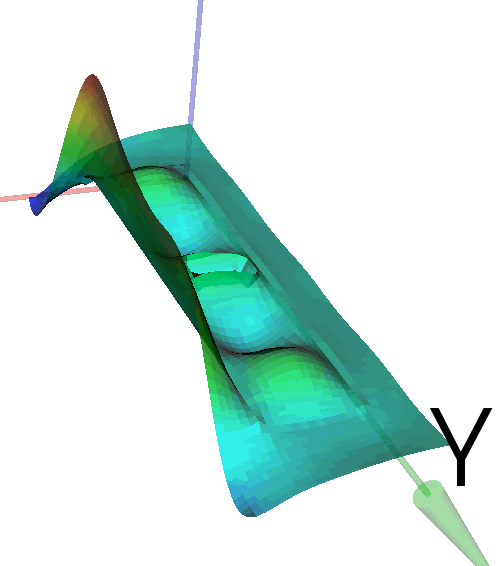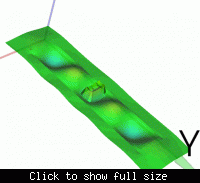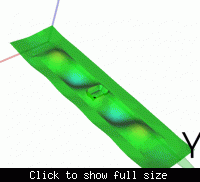somada141
Member level 1
fdtd mur second
Well hello everyone,
I've posted twice asking people whether they knew anything about instabilities caused by the combination of MUR + FDTD.
Although some people did reply and I thank them for their time no one really knew why would there be any instabilities but rather proposed using PML instead of MUR.
After struggling for one month with Mur (and although I thought i resolved my problem as stated in a previous post which link is :
Check it out it clarifies the problem)
I found out what is the problem.
It is not enough MUR ABCs are really weak comparing to other ABCs such as Liao or the layer lovers PML it has more problems too.
When combined with FDTD Mur suffers what is called the Later-Time Instability which is exactly my problem (see the above post) where after some time there is an explosion of values on some boundaries of the computational domain.
However I found a few papers on the net concerning this and especially a great one giving a solution/alternative to repairing Mur.
The paper's title is :
The studies of the stability of FDTD with Mur's absorbing boundary condition of second order in 3-D scattering problems.
Although I haven't tried their solution on my code yet (I will though) it seems to work nicely and without having to make major changes in your already existing code.
I posted this because I hope someone will be helped by this.
Long Live FDTD
PS. The paper is a little inaccessible but I got from a friend with a great subscription. Please tell me if I can upload it here (I didn't bother to read the rules). IF you need it contact via email (somada141@yahoo.gr) and I can send it to you.
PS2. It seems I need a way to find out when my code reaches steady-state...Does anyone know how to do this? Help out if you can
Added after 10 minutes:
There will be updates on this as soon as I try this method....
Well hello everyone,
I've posted twice asking people whether they knew anything about instabilities caused by the combination of MUR + FDTD.
Although some people did reply and I thank them for their time no one really knew why would there be any instabilities but rather proposed using PML instead of MUR.
After struggling for one month with Mur (and although I thought i resolved my problem as stated in a previous post which link is :
Check it out it clarifies the problem)
I found out what is the problem.
It is not enough MUR ABCs are really weak comparing to other ABCs such as Liao or the layer lovers PML it has more problems too.
When combined with FDTD Mur suffers what is called the Later-Time Instability which is exactly my problem (see the above post) where after some time there is an explosion of values on some boundaries of the computational domain.
However I found a few papers on the net concerning this and especially a great one giving a solution/alternative to repairing Mur.
The paper's title is :
The studies of the stability of FDTD with Mur's absorbing boundary condition of second order in 3-D scattering problems.
Although I haven't tried their solution on my code yet (I will though) it seems to work nicely and without having to make major changes in your already existing code.
I posted this because I hope someone will be helped by this.
Long Live FDTD
PS. The paper is a little inaccessible but I got from a friend with a great subscription. Please tell me if I can upload it here (I didn't bother to read the rules). IF you need it contact via email (somada141@yahoo.gr) and I can send it to you.
PS2. It seems I need a way to find out when my code reaches steady-state...Does anyone know how to do this? Help out if you can
Added after 10 minutes:
There will be updates on this as soon as I try this method....



